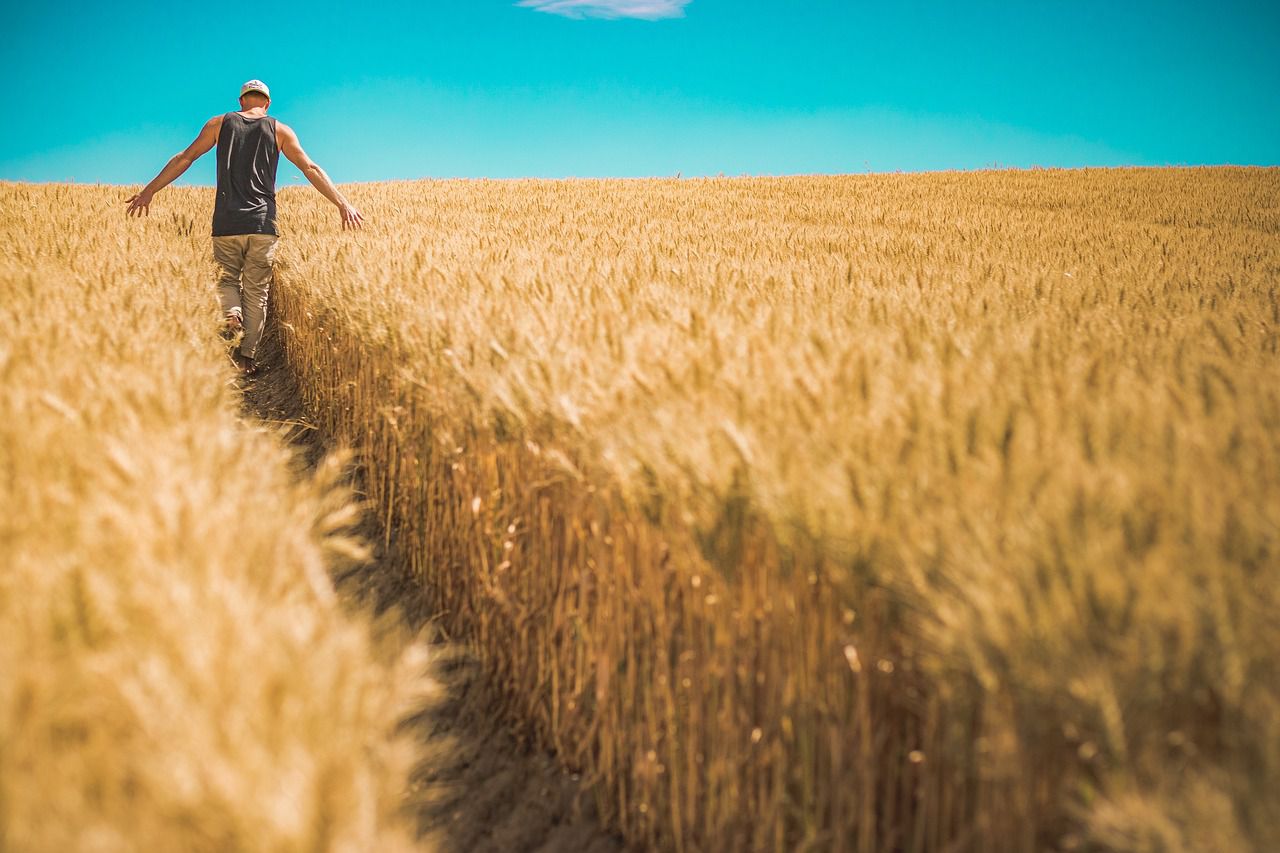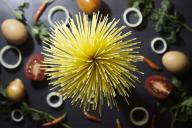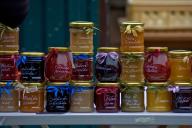Gardening is an old, old activity - and though it's still extremely popular and important, it's pretty much different from what it used to be.
Life was way harder for gardeners and farmers of the past, because they didn't have access to tools and fertilizers we have now.
But how did they manage to keep their soil fertilized?

Compost
Gardeners collected kitchen scraps, like leftover food, and yard waste like leaves and grass.
They piled these up and let them decompose or break down naturally over time.
This created nutrient-rich compost that they mixed into the soil to make it healthier for plants.
Manure
They used animal poop, like cow or horse manure, as a natural fertilizer. Manure is rich in nutrients that plants need to grow.
They spread it over the soil to nourish their crops.
Crop Rotation
Gardeners didn't always plant the same thing in the same spot every year.
They practiced crop rotation, which means they grew different crops in different areas of the garden each season.
This helped keep the soil from getting exhausted of specific nutrients.
Mulch
They spread a layer of materials like straw, leaves, or even newspaper on top of the soil around their plants.
This mulch helped retain moisture, prevented weeds, and as it broke down, added nutrients to the soil.
Natural Minerals
Some gardeners used natural minerals like crushed eggshells, lime, or wood ash to add important minerals to the soil, making it more fertile.
Fish and Bone Meal
Crushed fish bones and bone meal (powder made from bones) were used to provide extra nutrients to the soil.
They sprinkled these around plants to give them a nutrient boost.
Conclusion
Life is way easier for gardeners nowadays - so enjoy the progress!













